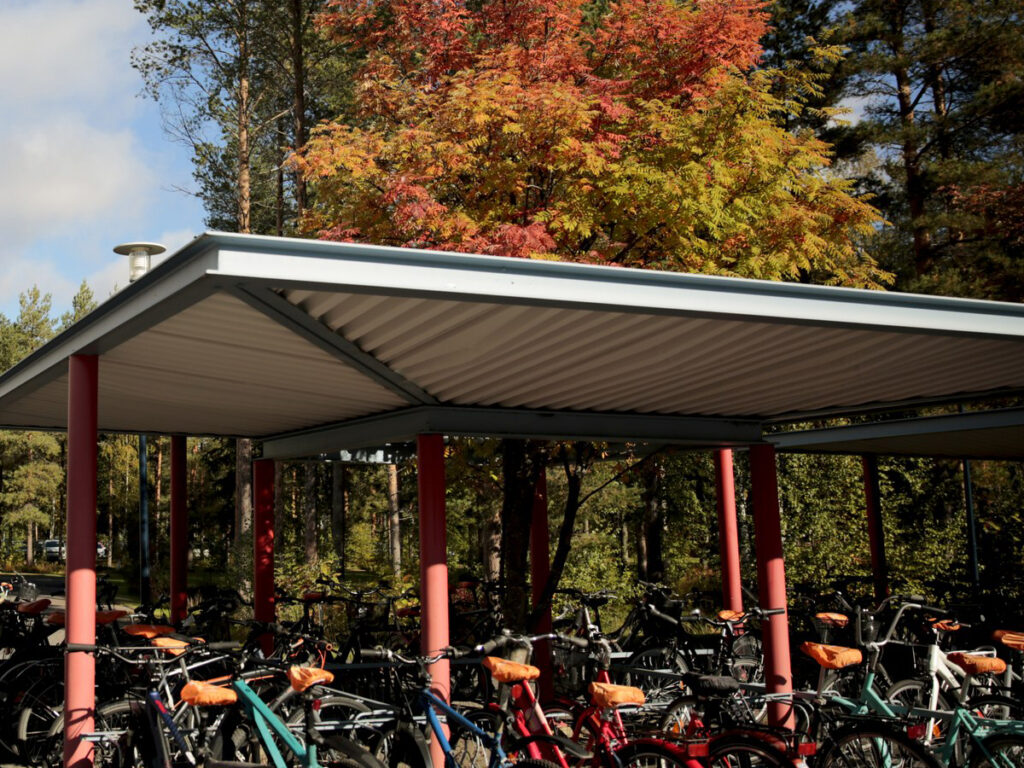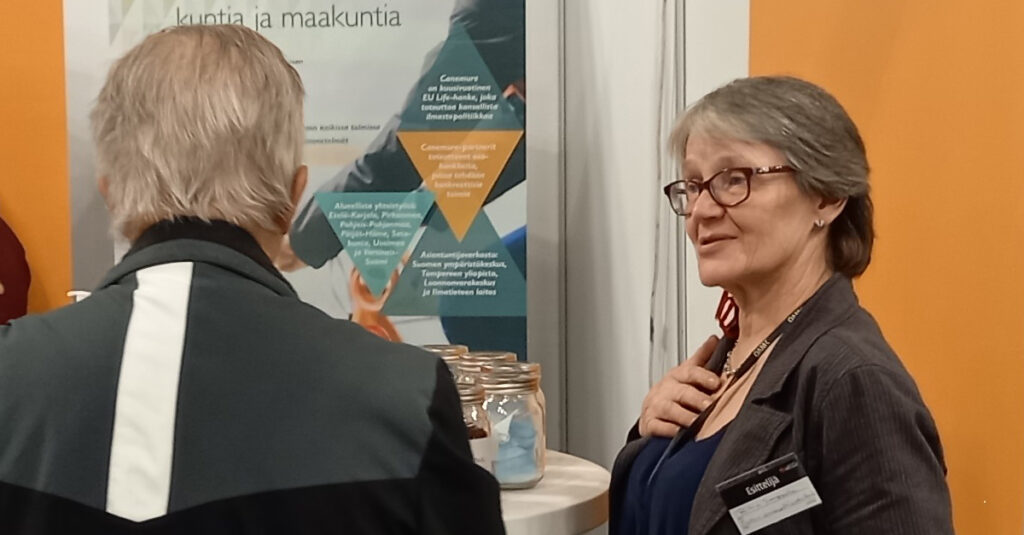The Northern Ostrobothnia Climate Roadmap guides the region towards carbon neutrality

The updated Climate Roadmap for Northern Ostrobothnia outlines the actions needed to achieve the region’s carbon neutrality target. Between 2007 and 2022, greenhouse gas emissions in the effort-sharing sector decreased by 35% in the region, but there is still a long way to go. The urgency is high, as visible effects require time.
According to the updated Climate Roadmap, the most significant emission reduction potential in the region lies in changes to transportation fuel sources, modifications in the cultivation of peatlands in agriculture, increasing carbon sinks, and expanding wind power.
In agriculture, it is essential to successfully introduce new crop varieties, and thereby new protein sources, into cultivation. Strengthening soil carbon sinks through carbon farming is of utmost importance.
“Northern Ostrobothnia is an area with extensive peatlands, so developing the cultivation of these lands is a necessary step. Even reducing the tillage of these lands would make a big difference. This includes increasing the use of perennial plants, grassland farming, and direct seeding. In the forestry sector, it is important to keep logging volumes at reasonable levels,” says Project Manager Ritva Imppola from Oulu University of Applied Sciences.

Transportation emissions are on a downward trend, but more speed is needed. For example, accelerating the transition to electric and gas-powered vehicles is crucial. This is particularly important as the region already produces a significant amount of renewable electricity and biogas, with plans for many more new production facilities.
“In Northern Ostrobothnia, the share of electric and hybrid cars has indeed increased from around 0.15% in 2018 to 4.5% in 2023, but unfortunately, 95% of cars are still petrol or diesel-powered. Urban planning and the development of public transportation can also contribute to reducing traffic emissions,” Imppola notes.
The newly approved climate roadmap is an updated version of the original roadmap approved in 2021, reflecting changes in global conditions. The Northern Ostrobothnia Regional Council approved the update on August 19, 2024. The roadmap will be used in regional development and will serve as one of the funding criteria for the European Regional Development Fund (ERDF) in upcoming project calls by the Northern Ostrobothnia Regional Council. Additionally, the roadmap guides the planning of climate actions in municipalities.
The Canemure project at Oulu University of Applied Sciences has been instrumental in the climate roadmap update, in collaboration with the Northern Ostrobothnia Regional Council. The roadmap was developed in close cooperation with various regional stakeholders.
“The update process included a broader group of representatives from cultural life, the third sector, and youth compared to previous efforts,” Imppola explains.
Achieving climate goals in the region requires the implementation of the actions outlined in the climate roadmap.
“The direction is right, but much more still needs to be done, and it can be done. This requires genuine commitment to the work. Each of us can make a difference through our actions and choices, every day,” Imppola concludes.
For more information:
Ritva Imppola,
Project Manager, Canemure Project,
Oulu University of Applied Sciences,
+358 40 548424,
ritva.imppola@oamk.fi
Eeva Suonperä,
Canemure Project,
Oulu University of Applied Sciences,
+358 50 4713328,
eeva.suonpera@oamk.fi
Joonas Rukajärvi,
Canemure Project,
Oulu University of Applied Sciences,
+358 50 3282213,
joonas.rukajarvi@oamk.fi